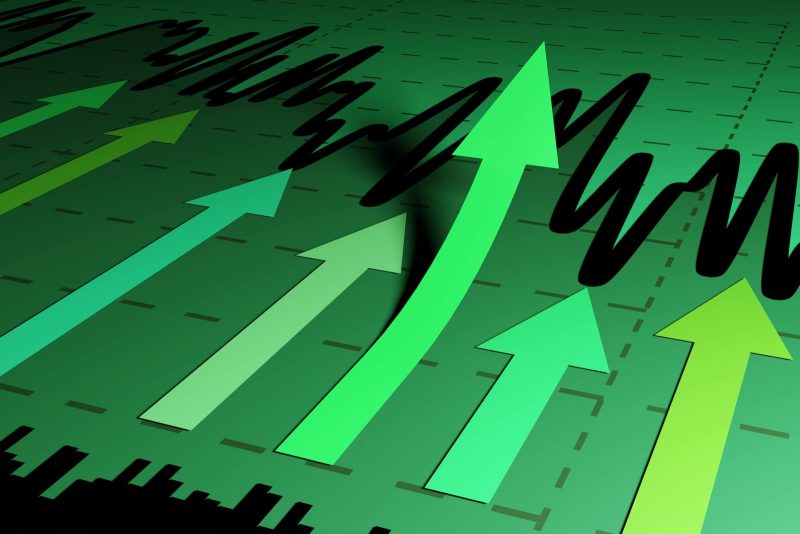The Dow Jones Industrial Average has consistently remained in the news lately, thanks to active market fluctuations and the unpredictability of the global economy. The spotlight has firmly been on the index, as investors locally and internationally keep a keen eye on the market trends.
The Dow Jones Industrial Average, unofficially known as the Dow, is a stock market index that, at its core, tracks the daily price movements of 30 large, publicly owned companies in the U.S. It is a critical barometer for U.S equities, and by extension, global economic activities. The companies included in the index cover all industries, with the exception of transportation and utilities, which the Dow Jones Transport and Dow Jones Utility index cover. Just like any other marketplace, the Dow experiences periods of growth, contraction, stabilization, and volatility due to an array of factors, including but not limited to geopolitical events, financial news from the companies listed within it, or trends within the general economy.
Recently, the Dow has exhibited significant resilience in response to the ongoing global pandemic and related economic challenges. It has been defying odds despite major pull-backs, adapting nimbly to the uncertain business landscapes and still managing to record substantial gains.
Parallel to the attention garnered by Dow Jones, the fluctuation of bonds has also been skillfully taking the spotlight. In recent times, a semblance of stability is returning in the bond market. Historically, bonds have been considered a safer investment when compared with stocks as they provide steady income flow and are backed by the government, corporations, or municipalities.
The stability of the bond market is pivotal for the overall economic system. It signifies confidence in governments and corporations and reflects positively on the state of the economy. The stabilization of bonds in uncertain times infers investors’ confidence in the overall financial health of the government or corporations issuing the bonds. It further emphasises the level of trust in their ability and commitment to honor obligations as and when due.
Meanwhile, in the world of technology, stock market activity has been relatively unsteady, yet this sector too is beginning to catch up. With innovation reaching new heights every day, more investors are getting attracted to the technology sector. The proliferation of advanced technologies like Big Data, Artificial Intelligence, Machine Learning, Blockchain, and Internet of Things (IoT) has stirred a significant appetite among investors for technology-backed securities.
This trend is clearly visible in the U.S. equity market, where technology equities have been playing catch-up, registering robust reversals from their lows. Several tech titans in the S&P 500 have reported strong gains and are not showing signs of faltering anytime soon. This renewed interest in tech securities suggests a re-rating of tech holdings by market players, who are now more keen on long-term growth potential.
Overall, the spotlight shines brightly on the interconnectedness between the Dow Jones, the bonds market, and tech plays. They each play a pivotal role in reflecting the overall health of the economy, emphasizing investor sentiment, or delineating future growth prospects.
As these markets continue to weave their narratives in tandem, their individual and collective impacts on the global economic canvas will remain an area of intense scrutiny, discussion, and anticipation.




